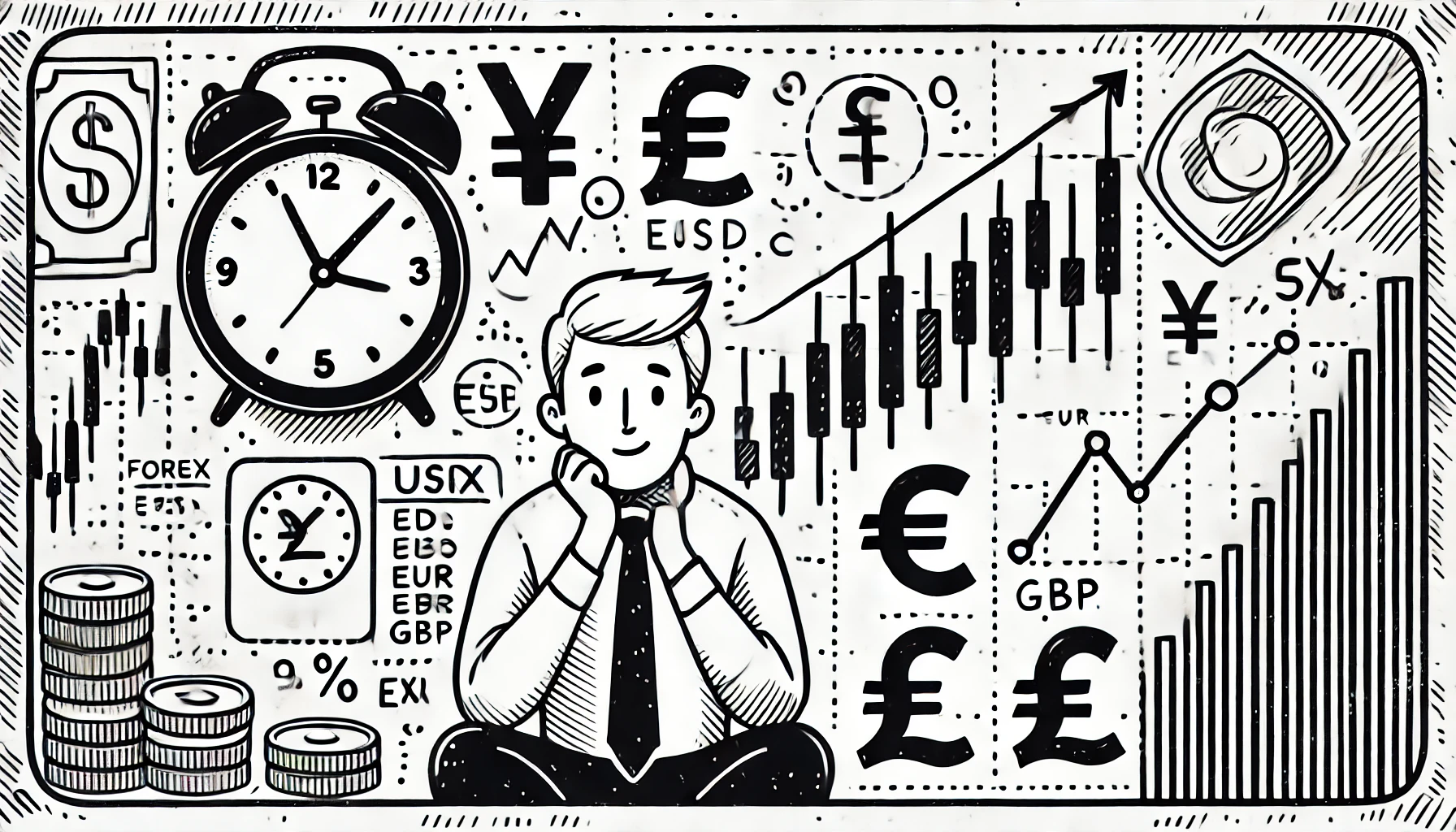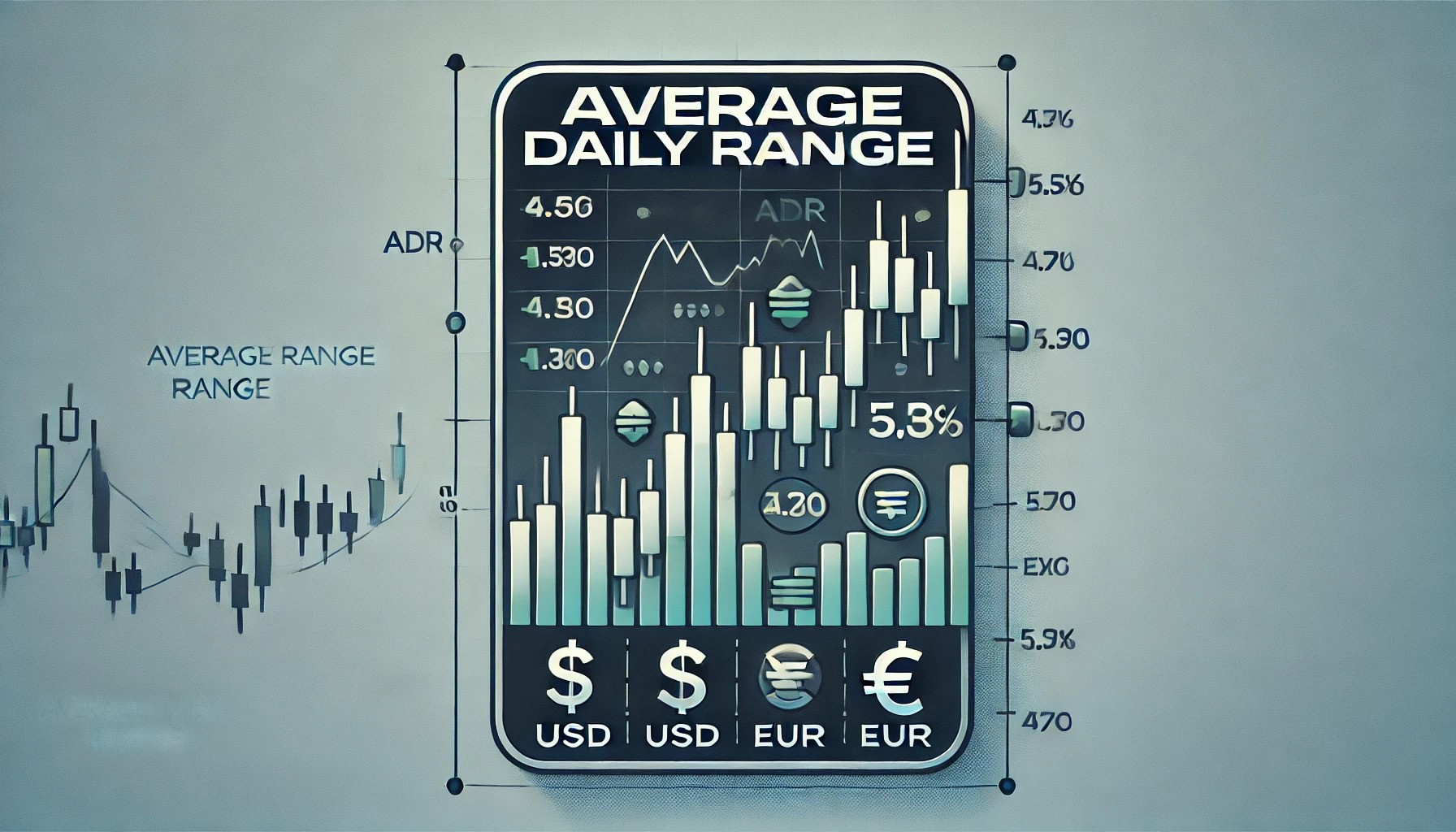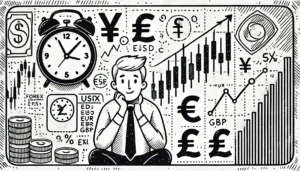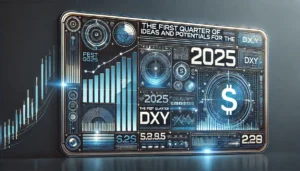Table of Contents
- What are Forex Signals?
- MAXIMIZE YOUR MONTHLY FOREX PROFITS
- The Benefits of Using Forex Trading Signals
- Why are they so important?
- Forex Signals OVERVIEW: What They Are and How to Use Them for Maximum Profit
- Forex Signals Create Unique Trade Ideas
- How to Get Forex Trading Signals
- The Top 3 Things to Look for in Forex Signals
- Things to Think About Before Using a Forex Signal
- How Do Forex Signals Work?
- Why do I need Forex Trading Signal?
- What Are the Benefits of Using Signals?
If you’re a forex trader looking to get better at analyzing forex signals and making more accurate exchange forecasts, you’re in the right place. In this post, we’ll go over some important things you should know about indicators before you start using them to trade more effectively. Many people start forex without any guidance, and as a result, they often make costly mistakes. That’s where indicators come in. Forex signals are designed to help you make more money and have a more successful market experience. Whether you’re experienced or just starting, forex indicators can be really helpful because they make the process much simpler. Let’s take a closer look at forex indicators and how they can help you do better in your trading.
If you want to start Gold Trading, check out our article about the best Gold EA.

What are Forex Signals?
They are tips that tell traders when to buy or sell a currency pair in the market. They can be based on things like technical analysis, news, or social media sentiment, and they help traders make better decisions.
Getting to Know Forex Signals
Very useful tips that guide traders on when to buy or sell a currency pair. They can come from technical analysis, news, or social media sentiment. Some traders prefer to do their research and decide on their own with manual indicators, while others use Exchange indicators for guidance. No companies offer free forex indicators or free forex signals, and each has its own method for creating the indicators. GOLD SIGNALS: FRIEND OR FOE? Click, for more information, on this article.
The Advantages of Using Forex Signals
indicators are alerts that inform traders of new opportunities. They can be created by human analysts or by special software. While indicators from human analysts are often seen as more reliable because they come from experienced professional traders, software-generated indicators are becoming more accurate and popular. Regardless of the source, the aim is to give traders an edge by providing timely information about new Exchange opportunities.
Different Kinds of Forex Indicators
You may have heard the term “Trading Signal” before. In short, they are recommendations that advise traders on when to buy or sell a currency pair. These recommendations can be based on technical analysis, fundamental analysis, or a mix of both. There are various FX indicators available, and it’s up to each trader to find the ones that suit their trading style. Some common indicators include moving average crossovers, Fibonacci retracements, and price action patterns. This blog post will explore these indicators and how they can be used to make profitable trades. If you want to know more about dtm meaning, check this article.
MAXIMIZE YOUR MONTHLY FOREX PROFITS
Activate your expert advisor now and trade with confidence!
The Benefits of Using Forex Trading Signals
They can be really helpful for traders who want to make money in the market without spending a lot of time doing their research. Here are some reasons why using FX indicators can be a good idea:
- Time-saving: Forex signals can save you a lot of time because you won’t have to spend hours figuring out which trades are likely to be profitable. Instead, you can just follow the alerts from your signal provider and make trades based on their recommendations.
- Informed decisions: Since forex indicators are created by experienced professional traders who have spent years studying the market conditions, you can trust that their recommendations are based on solid data and analysis, not just guesswork or speculation.
- Edge in the market: indicators can give you an advantage in the unpredictable world of forex. They provide automated alerts based on careful analysis, allowing even beginner traders to take advantage of good opportunities without doing all the hard work themselves.
- Risk management: By considering your risk profile and using it wisely, you can increase your profits while minimizing your losses.
Overall, understanding how it works and using tools like FX indicators can help you succeed in your investments. Start using them today to see the benefits for yourself!
Why are they so important?
They are essential because they help traders know what’s going on in the market and when to make a trade. They give traders up-to-date information about the market and suggest when to enter a trade opportunity. This means traders can make intelligent decisions about when and where to trade without having to spend a lot of time looking at data. Also, these signals can be used to try out different strategies without putting any money at risk. This is a big plus for any investor who wants to improve.
Overall, they are a must-have for anyone who wants to make quick and smart decisions in the market. They give you real-time information about the market conditions and let you try out different strategies without losing money. This lets you take charge of your investments like never before! If you’re new to investing or want a leg up in the market, it could be just what you need!
Forex Signals OVERVIEW: What They Are and How to Use Them for Maximum Profit
If you’re into forex, investing in the markets, or considering getting into this area, you’ve probably heard of FX signals. But what exactly are they? Simply put, they are automatic messages that tell traders when to start or stop a trade. They are based on things like technical indicators and market trends, and anyone who wants to be a successful trader can use them. Let’s dive deeper into how these indicators work and how they can help you make money as an investor.
Head and Shoulders Pattern
The head and shoulders pattern is a very reliable sign that the market is about to change direction in forex. This pattern happens when there is a high point, then a higher point (the “head”), and then another lower point (the “shoulder”). The “neckline” is made by connecting the low points of the two shoulders. If the price goes below the neckline, it could mean that the market is going to go down.
Double Top/Bottom Pattern
The double top/bottom pattern happens when two high or low points are about the same height. This pattern usually shows up after the price has been going up or down for a while. If the price goes below (or above) the support/resistance high levels, it could mean that the trend is about to change.
Triple Top/Bottom Pattern
The triple top/bottom pattern happens when three high or low points are about the same height. This pattern usually shows up after the price has been going up or down for a while. If the price goes below (or above) the support/resistance level, it could mean that the trend is about to change.
Flag/Pennant Pattern
The flag/pennant pattern is made up of two parallel trendlines that form a “flag” or “pennant” shape. This pattern usually shows up after the price has been going up or down for a while. If the price goes above (or below) the upper (or lower) trendline, it could mean that the original trend will keep going.

Auvoria Prime’s Affiliate Membership is only $15 per month, and you get special access to advanced team reports, commission systems, funnels, live training, and more. Boost your earnings by joining the Auvoria Prime Rewards Plan. Ready to start? Buy your Affiliate Membership now and explore the endless possibilities of affiliate marketing!
Fibonacci Retracement
Another popular forex trading signal is the Fibonacci retracement. This signal is based on the Fibonacci sequence, a series of numbers where each number is the sum of the two before it. The Fibonacci sequence goes like this: 0, 1, 1, 2, 3, 5, 8, 13, 21, 34, 55, 89, 144…
The Fibonacci sequence can be used in forex by taking the high and low points (i.e., peaks and troughs) in the market and drawing horizontal lines at the 23.6%, 38.2%, 50%, 61.8%, and 100% levels between those points. These levels are called Fibonacci retracement levels.
Traders will look for the price to bounce off of these levels or break through them as potential Exchange opportunities. For example, if the price reflects off of the 23.6% Fibonacci retracement level and then breaks through the 38.2% level, that could be a chance to enter a long trade (buy). On the other hand, if the price bounces off of the 61.8% level and then breaks through the 50% level, that could be a chance to enter a short trade (sell).
Moving Average Crossover
The moving average crossover is one of the most popular forex signals. This signal occurs when the short-term moving average crosses above or below the long-term moving average. A buy signal occurs when the short-term moving average moves above the long-term moving average. On the other hand, a sell signal occurs when the short-term moving average moves below the long-term moving average. Many traders use different timeframes for their short-term and long-term moving averages.
A common combination is a 10-day simple moving average (SMA) as the short-term MA and a 30-day SMA as the long-term MA. However, there is no “right” combination of timeframes, and each trader should try out different timeframes to see what works best for them.
Forex Signals Create Unique Trade Ideas
Some forex traders use these indicators along with more detailed market analysis to come up with their strategies. Forex signals can also help new traders make money while learning about the markets. These indicators can also help them learn faster. How? Traders who try to understand why each trade suggestion is made can get a full picture of the options and how the indicators are made.
How to Get Forex Trading Signals
If you’re looking to get forex signals, Auvoria Prime offers AP Trading Signal as a service. It provides you with timely alerts about new opportunities, helping you make informed decisions and increase your chances of success in the market. By subscribing to this service, you can receive expert analysis and recommendations directly to your inbox or mobile device. This way, you can focus on other aspects of your life while still taking advantage of profitable foreign exchange opportunities.
With Auvoria Prime’s AP Trading Signal, you’ll have access to a reliable and convenient source of indicators.

Auvoria Prime’s AP Trading Signal is a forex signal service that provides timely alerts about new exchange opportunities.
The Top 3 Things to Look for in Forex Signals
Forex is an exciting field with almost no limit to how much you can earn. But it can also be very unpredictable and carries a high level of risk. One way to increase your chances of doing well is to use Forex trading signals. These indicators are made by experienced traders who use technical analysis to find trades that could be profitable. But how do you know which indicators are good to use? In this blog post, we’ll talk about the top 3 things to look for in indicators.
By keeping these things in mind, you can increase your chances of doing well in the market.
- Technical Analysis: First, look for technical analysis in Forex signals. This analysis studies past market data, such as price and volume, to predict future prices. Technical analysts use charts and tools to identify trends, support and resistance levels, and other indicators for market predictions. Choose indicators based on technical analysis for solid analysis and a good chance of success.
- Risk Management: Second, consider risk management. This process assesses and controls trade risks. A good signal should have a clear risk management plan, including stop-loss orders to close trades that go against you and take-profit orders to close profitable trades. Choose indicators with clear risk management to minimize losses and maximize wins.
- Track Record: Third, look for a track record in indicators. A good provider should show past success, including performance data, customer reviews, and other success evidence. Choose indicators from providers with a good track record to avoid scams and ensure reliability.
Things to Think About Before Using a Forex Signal
You can use a signal service by signing up and copying the details into your account. Some people think that reading, using, and understanding forex indicators is a quick and sure way to make money in the market. But this isn’t always true. Reading and following a signal may seem like a simple task, but it doesn’t get rid of the levels of risk of trading. Before you decide to use a signal service, you should:
- Understand the good and bad points of different forex signal providers: No two signal trading services are the same.
- Think about how much risk you can take: Trading is risky, mostly because of how fast the market can change and how much you can borrow. You could lose a lot of money on just one trade.
- Keep an eye on the market: Find out what’s going on in the market and what the rules are before using indicators.
How Do Forex Signals Work?
Many companies provide trading platforms with indicators, and each has its way of making indicators. They use technical analysis, fundamental analysis, or both. Technical analysis looks at past price information to find patterns, while fundamental analysis looks at economic signs and political events. Some providers also use social media sentiment analysis to figure out how the market feels. Once a signal is made, it is sent to subscribers through email or text. After you sign up for a service that you trust, you just have to wait for the alerts and then act on them.
Some services send indicators through email or text, while others give them through their website or mobile app. It’s important to choose a service that fits your needs. Once you get a signal, log into your broker’s trading platforms and make the trade as told.
Why do I need Forex Trading Signal?
Trading can be hard, but signals can make it easier by giving you expert advice and tips. This way, you can focus on other parts of your life and still make money in the forex market. Indicators can also help you spread out your investments and make more money overall.
In short, forex indicators are very important for anyone who wants to do well in currency exchange. They give traders an advantage by giving them up-to-date information about new chances to trade. If you want to make money from forex, it’s important to sign up for a good signal service!
What Are the Benefits of Using Signals?
Trade signals have many good things about them. They can save you time because you don’t have to do your research or make your signals. They can also help you stay disciplined when trading and stop you with loss levels from making choices based on emotions. Auvoria Prime is here to help you change your life and reach your goals. If you need more help or information, feel free to contact us. No matter if you’ve been Exchanging for a while or are just starting, indicators might be just what you need. We’re here to help you grow, manage, and protect your assets!
Trump’s Tariffs on Mexico and Canada: How They Could Impact
Introduction Trade policies and tariffs play a significant role in shaping global economies, and their effects often ripple through financial markets,…
Delayed Gratification – The Power of Practicing It
Delayed gratification is the practice of resisting the temptation for an immediate reward in favor of a larger, more enduring…
DXY – The First Quarter of 2025: Ideas and Potentials
The U.S. Dollar Index (DXY) is one of the most critical indicators in global financial markets. It reflects the value…
What Does the Trump Presidency Mean for Forex Trading?
The Trump presidency, characterized by its unconventional policies and rhetoric, had profound implications for global financial markets. Forex trading, being…
Average Daily Range (ADR) in Forex Trading
The Average Daily Range (ADR) is one of the most popular metrics in Forex trading, offering traders valuable insights into…
Fixed vs. Growth Mindset in Forex Trading
Forex trading, often considered one of the most challenging financial markets, requires more than just technical analysis and market knowledge….










